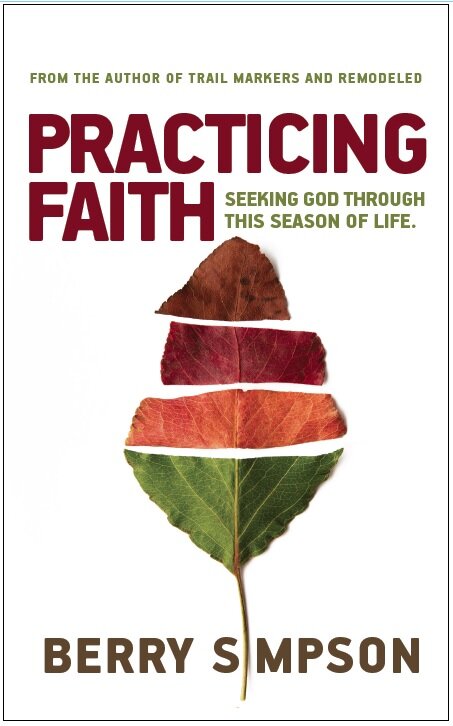A Life Story
/When I saw the YouTube video’s title: Chicago - Here We Come A Caroling (the making of), I was all in. I can’t resist behind-the-scenes videos or documentaries about how cools things are made, especially when the scenes they were made behind belong to one of the biggest musical influences of my life.
I immediately devoured the video, and I was captured by those musicians once again. I watched the work out the vocals, discuss how to articulate the horn parts, and the timing and all that. Real workman stuff. And I loved it. It reminded me of my high school years when I listened to their first three albums over and over and over.
Somewhere I bought a couple of books called Sketch Scores (I have no idea where I found something like that in 1973 in Hobbs, New Mexico) which showed the music from their albums written out, including horn lines. I listened to the albums and studied the scores for hours, fascinated how something so cool and innovative looked simple and obvious on paper.
Up to that point in my musician’s life, which consisted of beginner band, junior high band, and high school band, I didn’t understand why individual interpretation of a musical score was so important. I just played notes the way the band director, Mr. Lane, told us to, and assumed everyone in the world who played music played it the same way. That is, if I even thought about it at all.
But laying on my bed in our house on Thorpe Street listening to the music and absorbing the sketch scores, I saw how the band’s interpretations of simple lines made the pieces swing. How it gave them a definitive sound that has lasted for more than fifty years. (In fact, when watching the YouTube video, I mentioned to Cyndi that everyone in the band is new since we last saw Chicago perform live in 2017, except for the remaining three founding members, Robert Lamm, James Pankow, and Lee Loughnane. And yet, even with all the new guys, I could tell it was Chicago after only the fewest of notes.)
From those Sketch Score episodes, I learned the importance of crescendos and decrescendos and precise articulations. But probably my biggest revelation was that the horn lines were usually played in unison. I was surprised how the intonation of the trumpet, saxophone, and trombone trio made a unison line sound like harmony.
Those lessons have stayed with me ever since 1973. The idea that subtle interpretation and articulation make common ideas swing. And it isn’t true only for rock-and-roll horn bands, but for writing (one reason I love Calvin Trillin – he swings when he’s most subtle), teaching the Bible (more stories, fewer bullet points), or solving engineering problems (surprisingly more intuitive than logical, more ideas than math). The harmonic beauty of blended instruments morphed into my lifelong desire for consensus and variety of opinions … when divergent voices come together and swing in harmonic unison.
Some people I’ve met don’t want to know what’s behind the scenes. Ether they simply aren’t interested (find it boring?), or afraid breaking down the details will spoil the wonder. They aren’t curious about the biology behind the beauty, physics behind the stars, or light refraction behind rainbows. They are afraid talking about details takes miracles away from God.
Not me. Neither one, for me. I want to know all of it. It’s the story of my life.
“I run in the path of Your commands, for You have set my heart free.” Psalm 119:32








